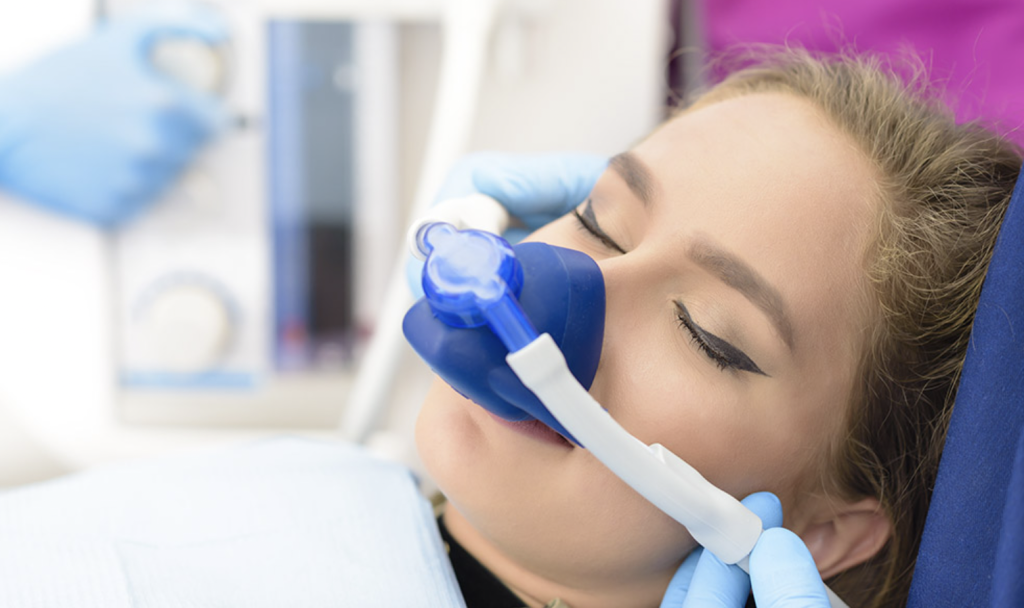Sedation dentistry keeps you relaxed and comfortable during dental treatments. It is essential if you experience dental anxiety or you are undergoing a lengthy treatment procedure. Anyone can benefit from sedation dentistry Pearland. Healthcare providers can recommend sedation dentistry if you have challenges controlling movements, extreme teeth sensitivity, dental anxiety, or minimal sensitivity to local anesthesia. The form of sedation your dentist uses depends on your anxiety level, health history, personal preference, or procedure length. There are many types of sedation dentistry, which include:
Nitrous oxide
Nitrous oxide also called laughing gas, is a safe sedation method for children and adults. You will be aware and awake throughout your dental procedure. If you experience dental phobia, your dentist can recommend nitrous oxide to help you relax in the chair. Laughing gas sedation involves your dentist placing a mask over your nose, and the provider tells you to breathe deep. After a few minutes, the gas will start working.
After your treatment, your provider will use pure oxygen to flush out the laughing gas in your system. Compared to other sedation methods, nitrous oxide wears off quickly. You can return to your regular duties or drive home after this type of sedation. Your kid can also resume school after using laughing gas. Your dentist can use nitrous oxide for all dental procedures, including teeth cleanings and root canals. But intensive processes need more nitrous oxide to prevent pain.
Oral sedation
Oral sedation needs some preparations before the procedure. Your dentist may recommend you avoid eating several hours before your sedation. Oral sedation involves giving you a sedative medication an hour before your treatment starts. The sedative drug is usually in pill form. Dentists usually use triazolam, but zaleplon and lorazepam can also be used. In pediatric dentistry, doctors often use liquid sedation like midazolam oral syrup.
Oral sedation makes you drowsy, so you must have someone drive you home after treatment. During treatment, you will feel sleepy or even fall asleep. Your dentist will shake you awake if the provider needs you to communicate or cooperate during treatment. You or your child cannot resume daily assignments immediately after treatment. If your child gets oral sedation, you need to keep the kid at home after treatment. Ensure you supervise your child the entire day until the medication completely wears off.
IV sedation
IV sedation involves your healthcare provider administering medication directly into your bloodstream. You will be unconscious, and your dentist will monitor your heart rate, blood pressure, and oxygen levels throughout the treatment. The dentist can adjust your dosage or use reversal medication if necessary.
IV sedation can make you fall asleep or have little to no memory after your treatment when you wake up. This sedation is suitable if you have severe dental anxiety or are undergoing lengthy dental procedures. IV sedation is the deepest type of sedation dentistry.
Sedation dentistry keeps you comfortable, calm, and relaxed during dental treatments. Nitrous oxide, IV sedation, and oral sedation are the commonly used forms of sedation dentistry. Schedule an appointment at TLN Family Dental for sedation dentistry to keep you at ease during dental procedures.

